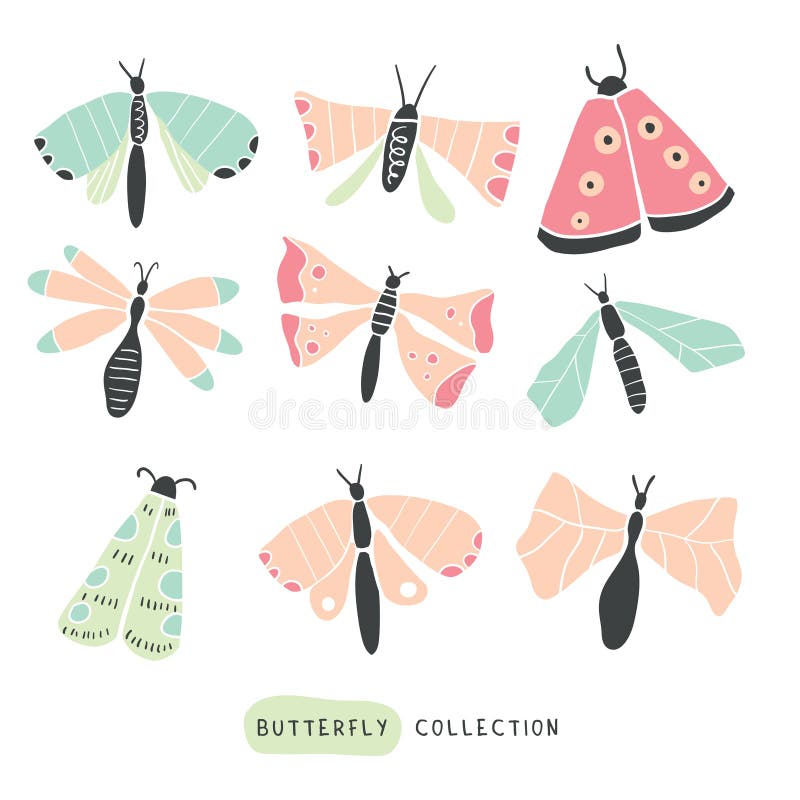
Adults usually feed on nectar from flowers of plants, although many butterflies feed instead on rotting fruit, dung, etc., especially in the tropics. Usually the choice is made by the adult female when depositing eggs. Most butterfly caterpillars eat one, or sometimes several, related species of plants. However, butterflies are very important to many plants that are dependent upon flower-visiting insects for cross-pollination. Immatures, with few exceptions, eat plants, and therefore may be considered harmful to the plants. Plant associations. Butterflies are commonly associated with plants, and the relationship is sometimes complex. They eat voraciously to transform plant material into tissues that they will need for metamorphosis.
#Doodle fit butterfly skin#
When they are developing, their skin may be shed four or more times, with each molt often changing the coloration and appearance of the caterpillar. They are usually very distinctive, and in some cases may be identified more easily than the adults. Immatures. Caterpillars are the names given to the larvae of both butterflies and moths. They differ from other insects also by their ability to coil up their proboscis. There are about 17,500 species of butterflies in the world, and around 750 species in the United States.ĭistinctive characteristics. Butterflies (and moths) are the only group of insects that have scales covering their wings, although some butterflies have reduced scales.

Numbers of species. Due to their bright colors and visits to flowers, butterflies are the most familiar of insects to humans. Eliot Elisofon Photographic Archives, African Art.


 0 kommentar(er)
0 kommentar(er)
